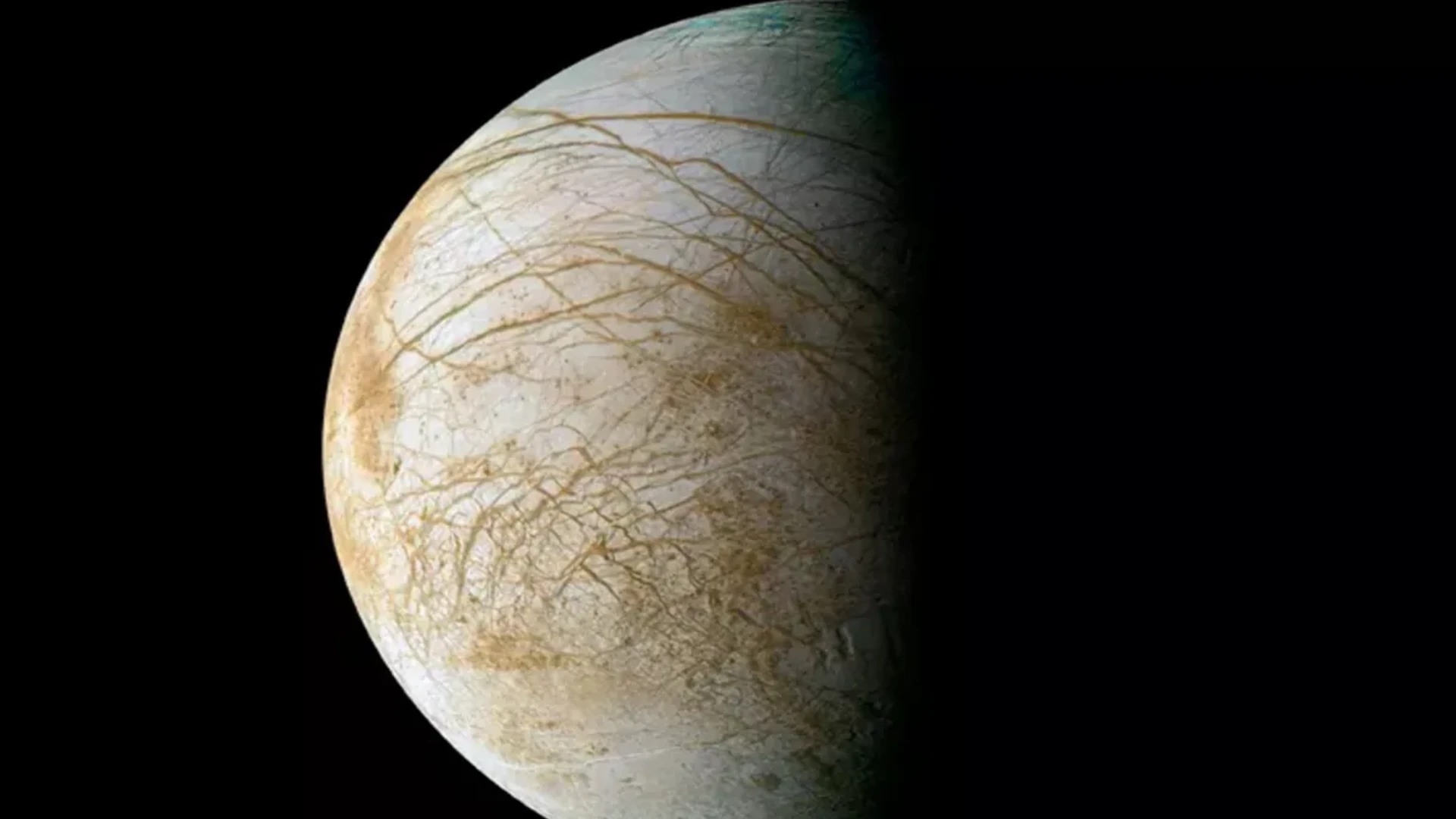According to researchers, the strange underwater snow beneath ice shelves on Earth can be used better to comprehend the ice shell on Jupiter’s moon Europa.
Europa is roughly the same size as Earth’s moon and has a rocky surface. Recent NASA studies discovered that Europa possesses an icy crust and an internal ocean system that may be necessary for supporting life.
The remotely operated rover was built to crawl along the underside of sea ice and ice shelves. These tests on Earth have a long-term goal of one day seeking evidence of life beneath the thick frozen shell covering Jupiter’s ocean moon of Europa. https://t.co/sikVFMUDSv
— NYT Science (@NYTScience) January 5, 2020
In a recent investigation, scientists used two kinds of underwater snow that may be seen on Earth as an analogue to comprehend how Europa’s shell becomes thicker from the inside out.
Congelation ice grows directly from beneath the ice shelf, while frazil ice originates in supercooled water columns and drifts upward to accumulate onto the bottom of ice shelves, according to space.com
Interestingly, the researchers found that the amount of salt from the water from which the ice was formed is only partially retained by the ice created by these procedures.
Natalie Wolfenbarger, the study’s primary author, said that “when we’re investigating Europa, we’re concerned in the salinity and composition of the ocean, since it’s one of the factors that will dictate its future habitability or even the type of life that just might live there.”
Scientists will use the study to get NASA’s Europa Clipper mission ready. Using radar to look through the ice cap, the spacecraft will investigate whether there is a chance that life exists in the ocean of Europa.
The Europa Clipper mission from NASA is scheduled to take out in 2024 and land on the frozen world in 2030. Hopefully, we can say hello to aliens this time!
